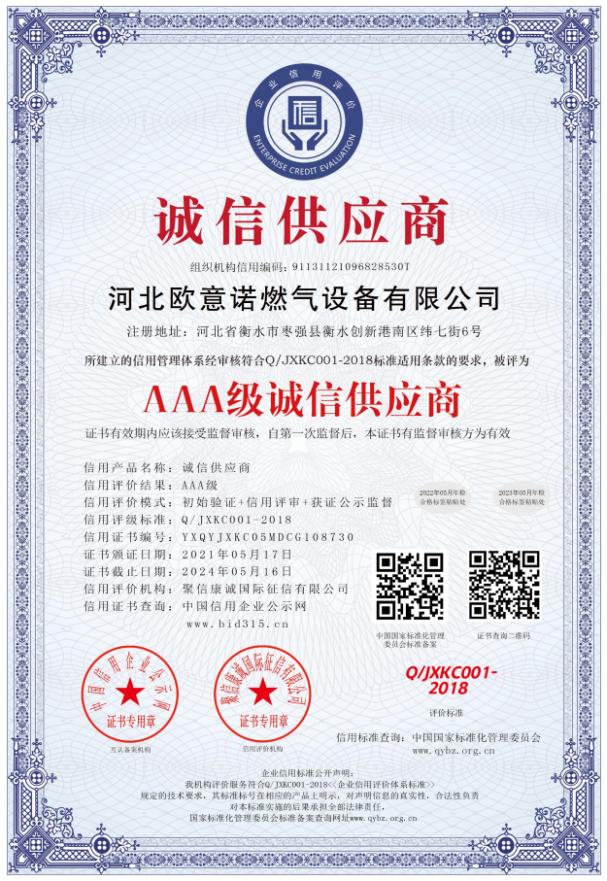
Oct . 11, 2024 08:49
Back to list
Understanding the Functionality of Pneumatic Control Valves in Automation Systems
Understanding Pneumatic Control Valves Principles and Applications
Pneumatic control valves play a critical role in various industrial and automation processes, providing an efficient means for controlling fluid flow through pipelines. These valves utilize compressed air or gas to regulate fluid operations, making them essential components in many applications including manufacturing, chemical processing, and HVAC systems.
Principle of Operation
At its core, a pneumatic control valve operates by using compressed air to manage the valve's opening and closing mechanisms. The operation can be broadly categorized into two types on-off control and proportional control.
1. On-Off Control This simplest form involves completely opening or closing the valve, initiating or halting fluid flow. This binary state can be controlled digitally or manually. On-off control valves are commonly utilized in applications where full flow or no flow is acceptable.
2. Proportional Control More sophisticated than on-off valves, proportional control valves allow for variable flow rates. They can modulate the flow by varying the valve's opening position based on input signals from control systems. This flexibility is crucial in processes requiring precise control over fluid dynamics.
Components of Pneumatic Control Valves
Pneumatic control valves consist of several key components
- Actuator The actuator is the component that converts compressed air into mechanical movement to open or close the valve. It can be linear or rotary based on the valve configuration.
- Body The body of the valve contains the passage for the fluid. Available in various materials such as brass, stainless steel, and PVC, the choice depends on the application and the type of fluid being handled.
- Seals Seals are critical for preventing leaks in the valve system. Proper sealing ensures that pressurized air and fluid do not escape, maintaining efficiency and safety within the system.
- Control System A pneumatic control valve is usually connected to a control system that sends signals based on the system's requirements. This could involve simple mechanical controls or complex automated systems involving computer programming.
Applications of Pneumatic Control Valves
pneumatic control valve

Pneumatic control valves find diverse applications across several sectors
- Manufacturing In automated production lines, these valves are employed to control the flow of fluids and gases, allowing for efficient operation of machinery and equipment.
- Chemical Processing The chemical industry requires precise control of reactants' flow rates. Pneumatic valves ensure that the necessary amounts of chemicals are accurately mixed and processed.
- HVAC Systems In heating, ventilation, and air conditioning systems, these valves manage the airflow and pressure, contributing to temperature regulation and energy efficiency in buildings.
- Automotive Industry Pneumatic systems in vehicles utilize these valves for functions such as braking systems, where they control the flow of air to ensure timely and responsive braking.
Advantages of Pneumatic Control Valves
Pneumatic control valves offer several advantages that enhance their application in industrial processes
- Speed and Responsiveness Pneumatic systems generally provide rapid actuation, making these valves ideal for processes that require quick adjustments.
- Simplicity and Reliability The design of pneumatic control valves is often straightforward, making them easy to operate and maintain. Furthermore, they benefit from robustness and a long operational life when maintained properly.
- Safety Pneumatic systems can be designed to fail in a safe state, providing an additional layer of safety in critical applications, such as those found in pharmaceutical processes or hazardous environments.
Conclusion
In summary, pneumatic control valves are integral components in numerous industries. Their ability to regulate fluid flow efficiently and effectively enhances automation and control across various applications. As technology advances, these valves continue to evolve, promising even greater efficiency and versatility in systems reliant on pneumatic control. Understanding their principles, components, and applications is essential for leveraging their full potential in modern industrial processes.
Next:
Latest news
-
Safety Valve Spring-Loaded Design Overpressure ProtectionNewsJul.25,2025
-
Precision Voltage Regulator AC5 Accuracy Grade PerformanceNewsJul.25,2025
-
Natural Gas Pressure Regulating Skid Industrial Pipeline ApplicationsNewsJul.25,2025
-
Natural Gas Filter Stainless Steel Mesh Element DesignNewsJul.25,2025
-
Gas Pressure Regulator Valve Direct-Acting Spring-Loaded DesignNewsJul.25,2025
-
Decompression Equipment Multi-Stage Heat Exchange System DesignNewsJul.25,2025

